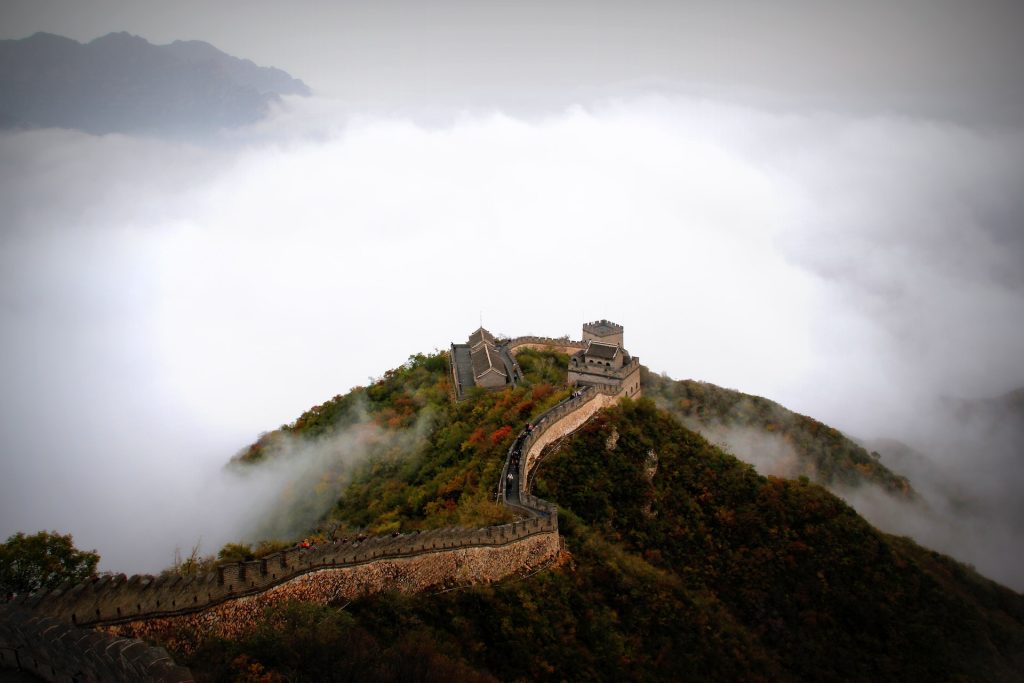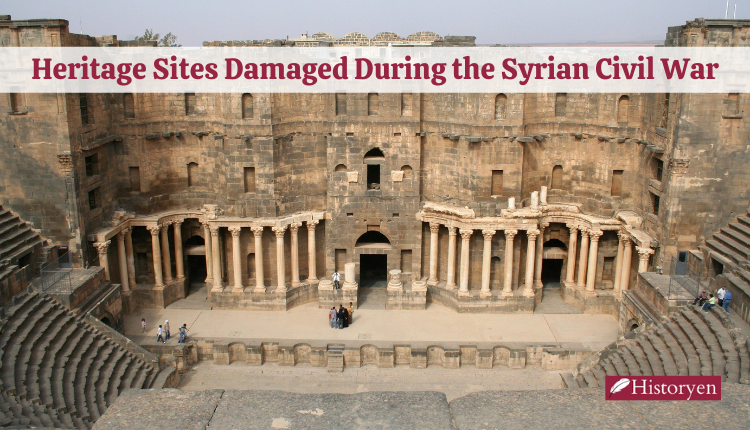10 Fascinating Facts About Ancient Landmarks
Throughout the world, there exist awe-inspiring ancient landmarks that have captured the imaginations of people for generations. These iconic structures, often shrouded in mystery and steeped in history, hold within their walls stories of ancient civilizations, remarkable engineering feats, and cultural significance. While we may be familiar with their grandeur and beauty, there are numerous fascinating facts about these famous landmarks that remain hidden gems of knowledge. In this article, we embark on a journey of discovery, unearthing 10 intriguing facts that shed new light on some of the world’s most renowned ancient landmarks. From hidden chambers to vibrant colors, join us as we delve deeper into the secrets and marvels of these ancient landmarks that continue to captivate visitors from around the globe. Prepare to be amazed as we uncover the lesser-known aspects of these famous landmarks, expanding our understanding and appreciation of their historical and cultural significance.
1. The Temple of Kukulkan has an architectural detail that puts on an ancient light show every spring and fall equinox
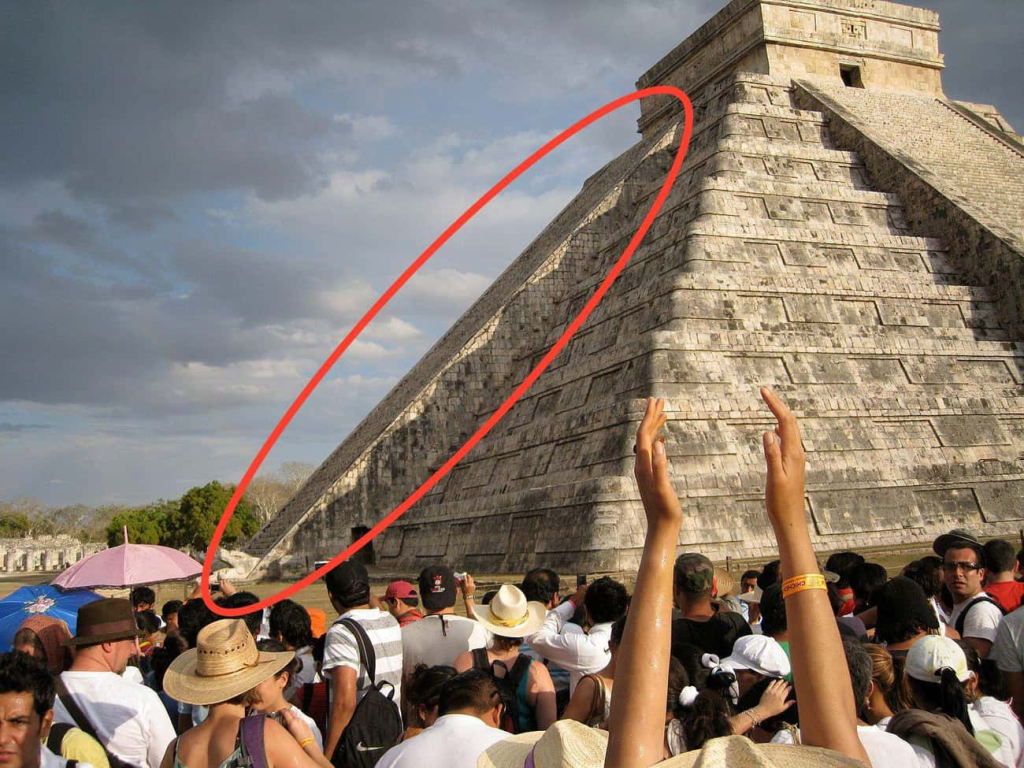
Located in the Yucatan, Chichen Itza, the Temple of Kukulkan, also known as El Castillo, offers a mesmerizing spectacle during the spring and fall equinox. This magnificent temple, built around 600 CE, was strategically positioned by the Mayans to create an optical illusion on specific dates. When the sun’s rays hit the temple, shadows cast on its pyramid-shaped structure resemble a serpent gracefully slithering down the sides. To add to the wonder, clapping in front of the temple creates an echo that imitates a serpent’s chirp.
2. The World’s Oldest Temple, Gobekli Tepe, Was Built Over 11,000 Years Ago And Predates Stonehenge By 6,000 Years
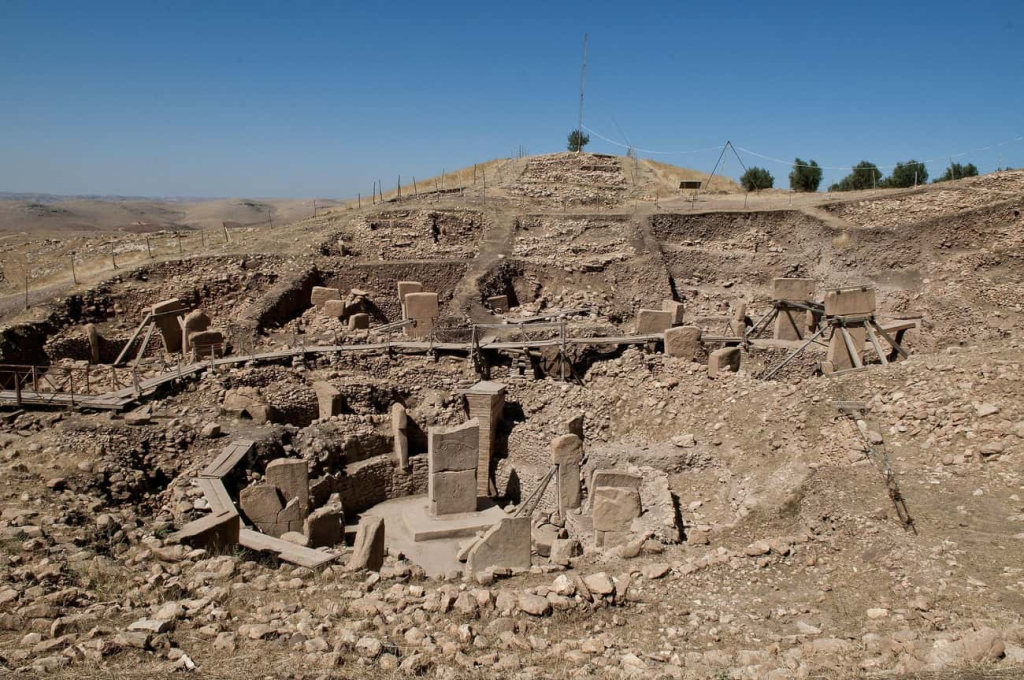
Gobekli Tepe, located in Turkey, is an ancient site that dates back over 11,000 years. It is considered the world’s oldest temple, preceding Stonehenge by 6,000 years. The stone structures discovered at this site were crafted using hammers and blades, a surprising feat for a time when humans were thought to have lacked the necessary tools. Situated atop a hill overlooking a flourishing landscape, Gobekli Tepe likely attracted hunters and gatherers from regions such as Egypt, Israel, Jordan, and Lebanon. The absence of evidence indicating permanent settlements suggests that the site was specifically dedicated to worship.
3. The Pyramids At Giza Were Once Covered In Shimmery Limestone
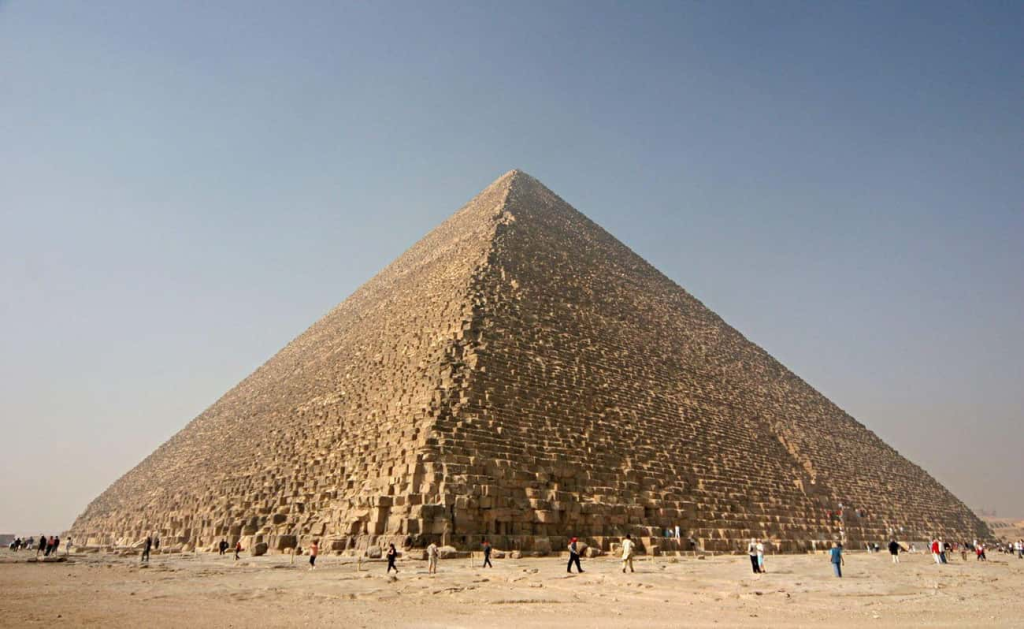
While the Great Pyramid of Cheops, along with the pyramids of Chephren and Mycerinus, are the most well-known, the western bank of the Nile River is home to more than 130 other pyramids. These colossal structures, constructed between 2550 and 2490 BCE, have endured centuries of erosion. In ancient times, visitors to the pyramids would have marveled at their shimmering appearance. The pyramids were originally covered in limestone, which reflected the sun’s rays, creating a dazzling spectacle. Unfortunately, earthquakes and the removal of limestone by subsequent rulers have resulted in the almost complete destruction of the original casing.
4. Almost One-Third Of The Great Wall Of China Has Disappeared
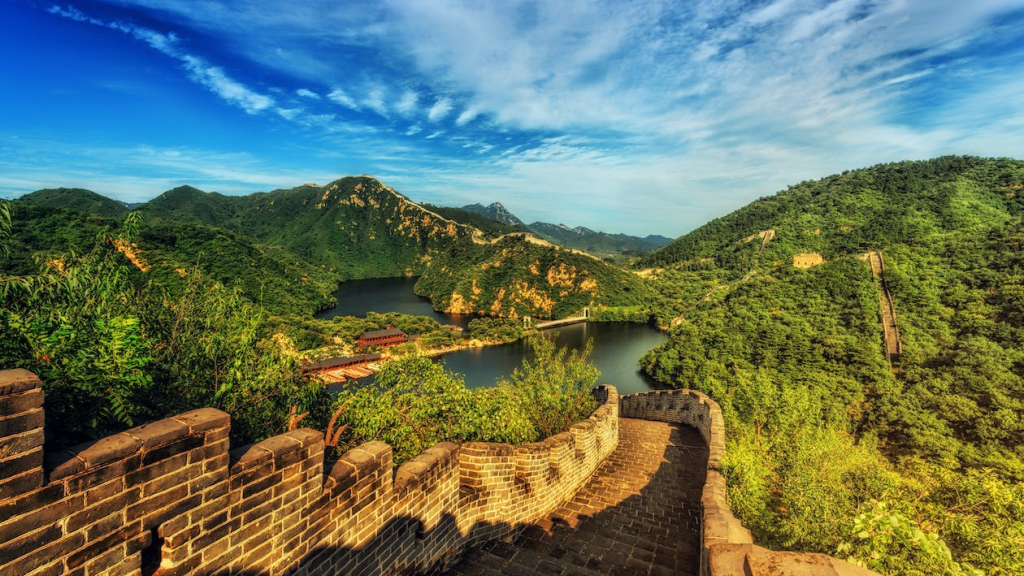
The Great Wall of China, initially constructed during the 3rd century BCE, underwent significant expansion during the Ming dynasty (1368-1644). Although much of the wall is relatively recent, it is not exempt from the ravages of time. Over the centuries, nearly one-third of the wall has vanished due to weather conditions, plant growth, and heavy tourist traffic. The Great Wall, comprised of multiple sections stretching thousands of miles, has suffered erosion and damage. Visitors, in their eagerness to possess a piece of this historic monument, have contributed to its deterioration. Even the towers along the wall are fragile, vulnerable to storms and the destructive force of nature. The overgrown vegetation has also accelerated the decay of this architectural marvel. As a result, the exact length of the Great Wall of China is a matter of debate, with estimates ranging from 5,592 miles to 13,048 miles, depending on the inclusion of the missing sections.
5. The Temple Seen In ‘Indiana Jones and the Last Crusade’ Is A 2,000-Year-Old Mausoleum Located In Petra
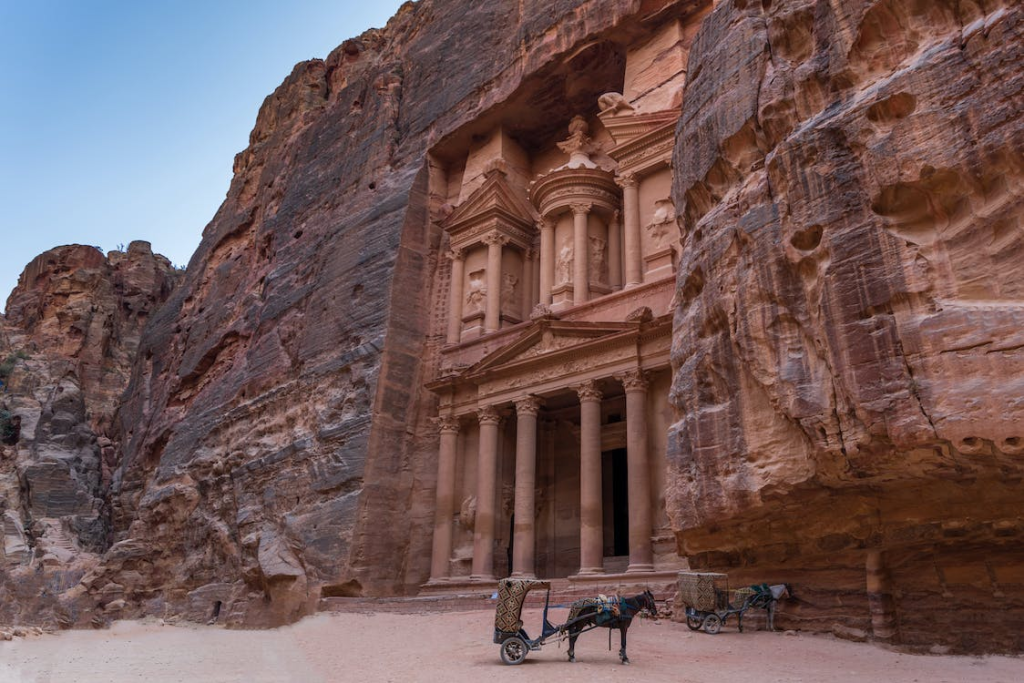
Petra, a real ancient city located in present-day Jordan, is home to numerous remarkable structures carved directly into the sandstone cliffs. One of the most famous ancient landmarks in Petra is Al Khazneh, also known as the Treasury. This stunning architectural masterpiece served as the backdrop for the fictional temple in the film “Indiana Jones and the Last Crusade.” Dating back over 2,000 years, Al Khazneh was originally built as a mausoleum for a Nabatean king. Its intricate façade, adorned with intricate carvings and intricate details, captivates visitors and stands as a testament to the advanced engineering and artistic skills of the ancient Nabatean civilization.
6. Stonehenge Was Once a Complete Circle of Standing Stones
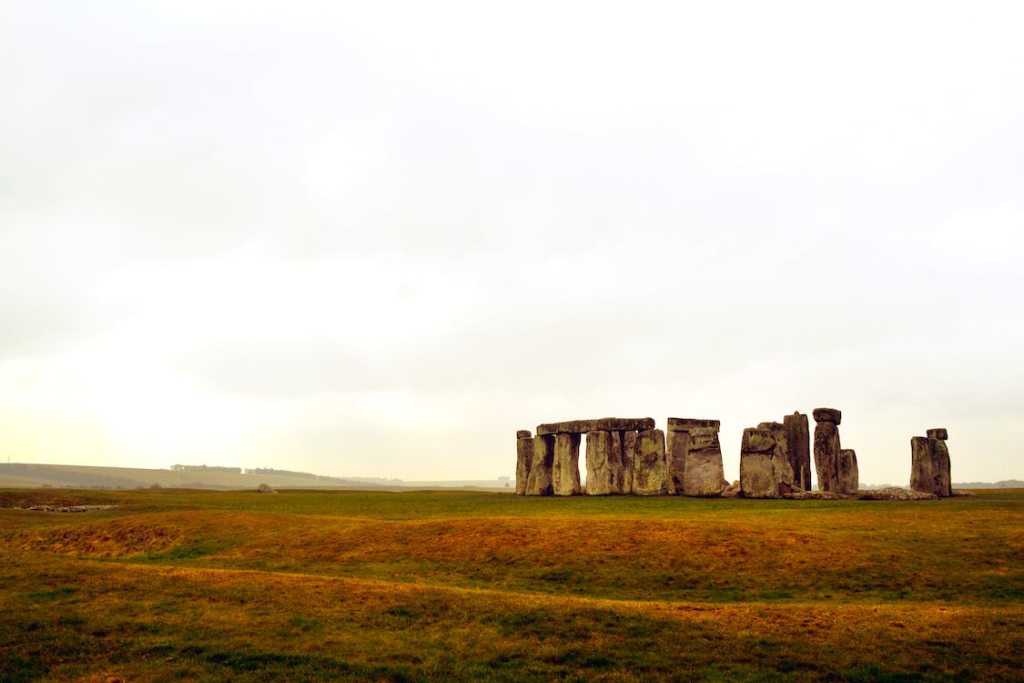
Stonehenge, located in Wiltshire, England, is one of the world’s most famous prehistoric ancient landmarks. It consists of a ring of massive standing stones arranged in a circular pattern. While Stonehenge’s current state features several upright stones with connecting lintels, it was once a complete circle. Through archaeological research and excavations, experts have discovered that the outer ring of Stonehenge originally consisted of 30 upright stones, known as sarsens, topped with lintels. Over time, some of these stones have fallen or been removed, leaving the iconic partial ring we see today. The purpose and significance of Stonehenge continue to intrigue researchers, with theories ranging from a burial site to an astronomical observatory.
7. The Colosseum Had an Elaborate Awning System to Provide Shade
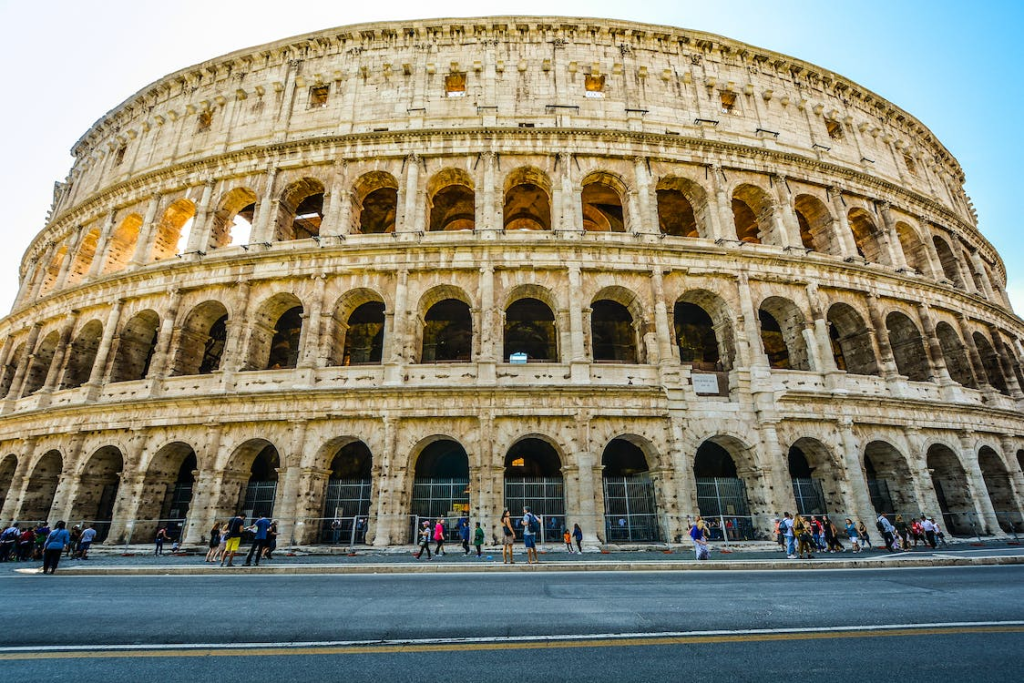
The Colosseum, an iconic symbol of ancient Rome, was an amphitheater that hosted various spectacles and events, including gladiatorial contests and public spectacles. To ensure the comfort of the spectators, the Colosseum featured an elaborate awning system known as the velarium. This massive canvas awning could be extended over the seating area to provide shade and protect the audience from the scorching sun. The velarium was suspended by a complex network of ropes and poles, and it could be adjusted to different positions depending on the weather conditions. This ingenious engineering feat highlights the Romans’ understanding of architecture and their consideration for the well-being of the spectators.
8. Machu Picchu Was Abandoned and Forgotten for Centuries

Machu Picchu, located high in the Andes Mountains of Peru, is an ancient Incan city that remained hidden and undiscovered for centuries. Built in the 15th century, this breathtaking citadel served as a sacred and administrative center for the Inca civilization. However, it was abandoned and forgotten shortly after the Spanish conquest of Peru in the 16th century. Over time, the dense vegetation covered the site, and it remained unknown to the outside world until its rediscovery by American archaeologist Hiram Bingham in 1911. Today, Machu Picchu stands as a remarkable testament to the Inca’s architectural prowess and continues to amaze visitors with its stunning mountain vistas and intricate stone structures.
9. The Parthenon Was Once a Vibrantly Painted Temple

The Parthenon, a majestic temple located on the Acropolis of Athens, Greece, is renowned for its Doric architecture and historical significance. What many people might not know is that this iconic structure was once adorned with vibrant colors. Recent research and analysis of ancient traces of pigments have revealed that the Parthenon was intricately painted in shades of blue, red, and gold. The colorful decorations added an extra layer of beauty to the temple and emphasized its grandeur. Over time, the paint faded and weathered away, leaving the dazzling white marble we see today. However, efforts are underway to recreate the original colors and restore the Parthenon to its former glory.
10. The Great Wall of China Is Not a Single Continuous Wall
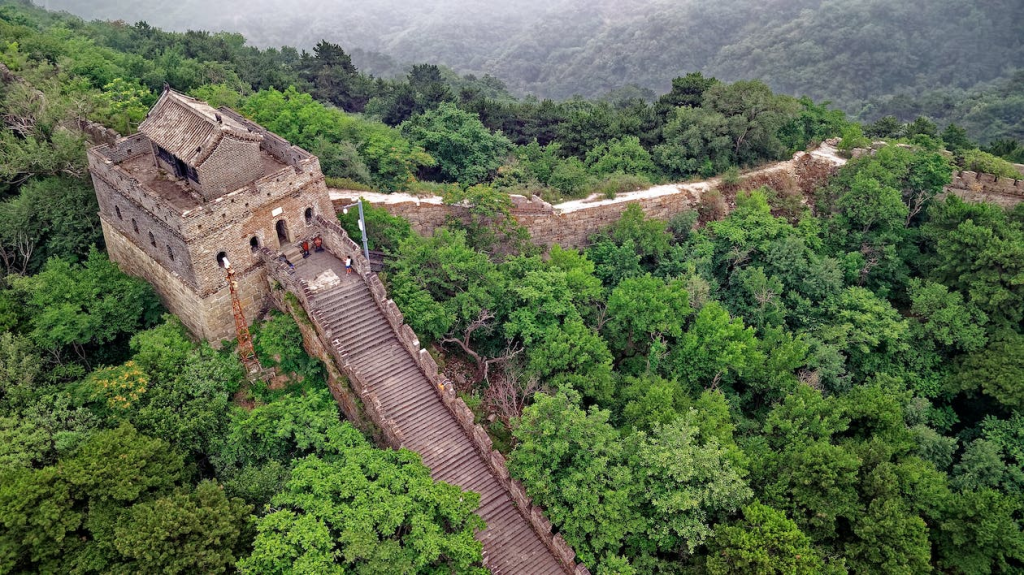
Contrary to popular belief, the Great Wall of China is not a single continuous wall stretching across the entire country. Instead, it is a series of interconnected walls, fortifications, and natural barriers that were built and expanded over centuries. The construction of the Great Wall began as early as the 7th century BCE and continued up until the 17th century CE. The purpose of these fortifications was to protect the Chinese empire from invasions and raids from various nomadic groups. The walls were constructed using a variety of materials, including stone, brick, wood, and packed earth. While some sections of the Great Wall have been restored and are open to tourists, other parts have fallen into disrepair or have been reclaimed by nature.
